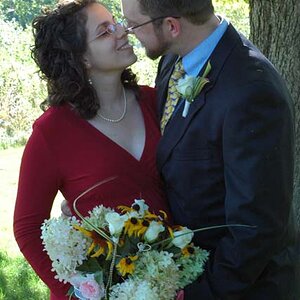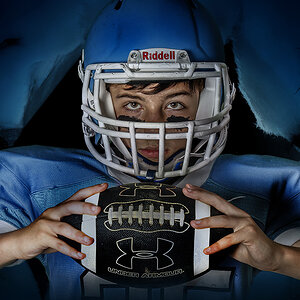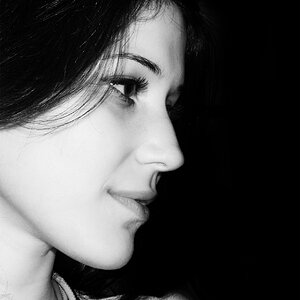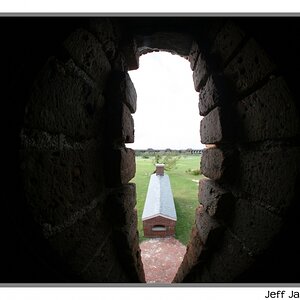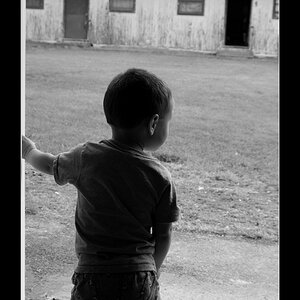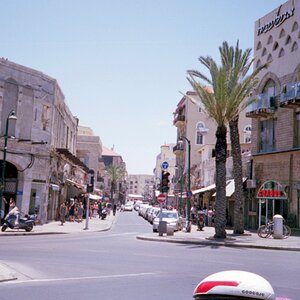bittybows
TPF Noob!
- Joined
- Jan 16, 2010
- Messages
- 9
- Reaction score
- 0
- Location
- California
- Can others edit my Photos
- Photos OK to edit
Hello. I have been doing photography of my kids simply as a hobby, and will soon be purchasing a new lens, as well as a new camera body. I am primarily interested in something that will take great outdoor shots, especially portrait type.
I am considering a 50mm f1.4 and an 85mm f1.4, but am not sure if I am overlooking something that would work better?
I currently shoot with a Nikon D50. I will replacing this in a few months, and for this reason I am considering both Nikon and Canon. (I don't have much else Nikon equipment to necessarily hold me to Nikon.)
If you primarily do portrait photography, children, or weddings, will you please tell me your absolute favorite lens? Thanks!!
I am considering a 50mm f1.4 and an 85mm f1.4, but am not sure if I am overlooking something that would work better?
I currently shoot with a Nikon D50. I will replacing this in a few months, and for this reason I am considering both Nikon and Canon. (I don't have much else Nikon equipment to necessarily hold me to Nikon.)
If you primarily do portrait photography, children, or weddings, will you please tell me your absolute favorite lens? Thanks!!


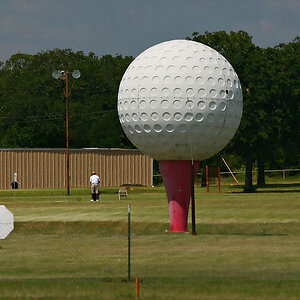
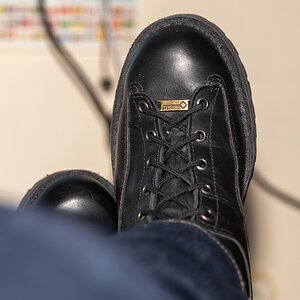
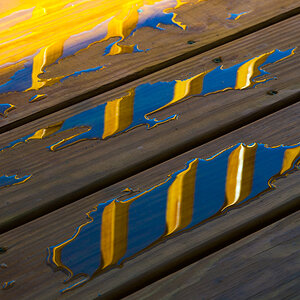
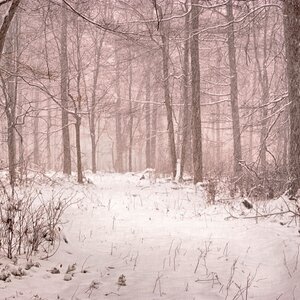
![[No title]](/data/xfmg/thumbnail/35/35964-c65699557292548e7f4d384b3ca48534.jpg?1619737280)
